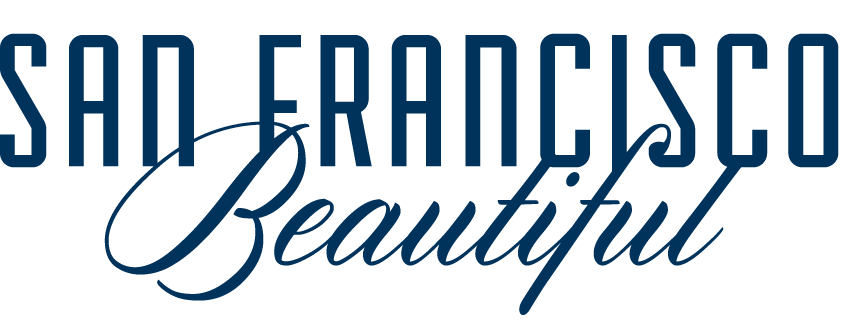Our Mission
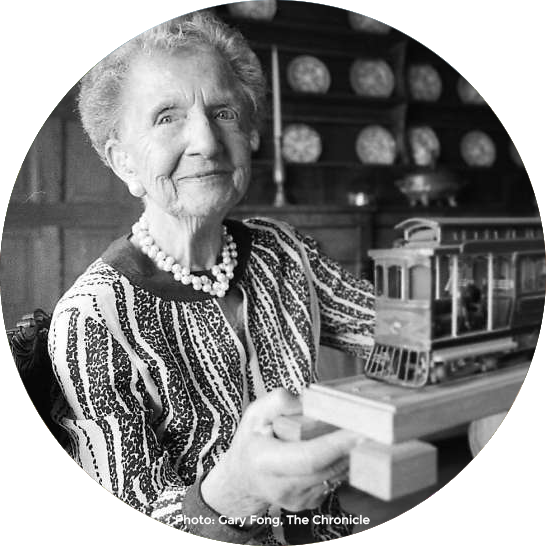
Did you know?
We can eat at outdoor cafes because San Francisco Beautiful initiated the legislation that legalized sidewalk tables and chairs? Or, that the City’s Community Challenge Grant Program exists because we crafted the ballot measure enabling businesses to give a portion of their taxes back for beautification grants?
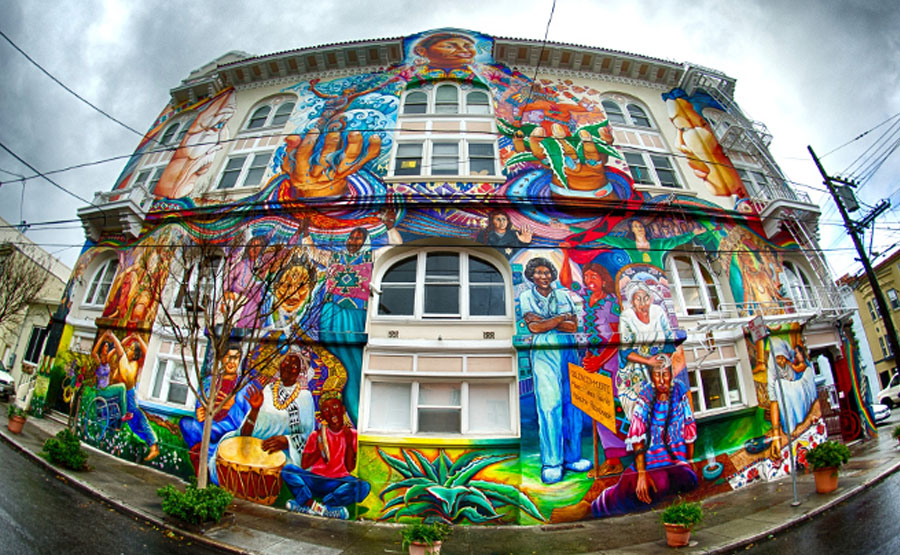
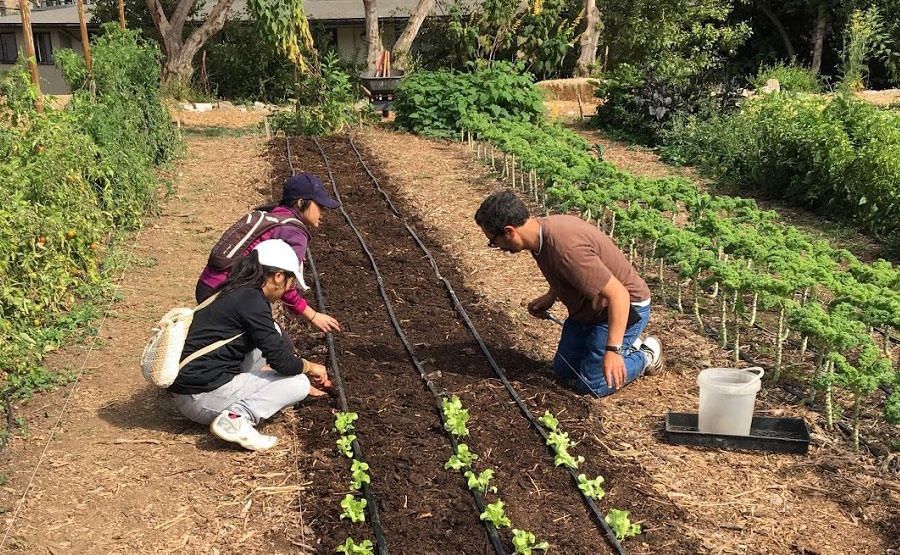
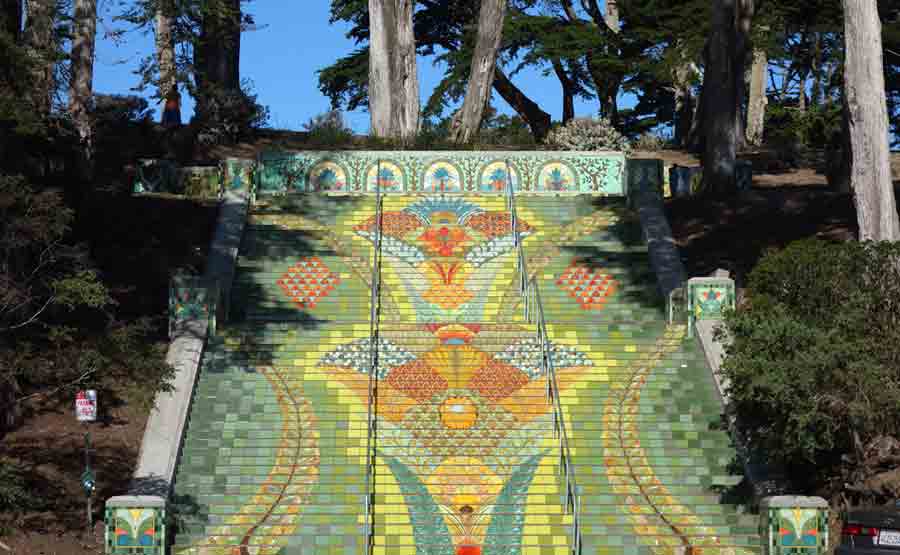
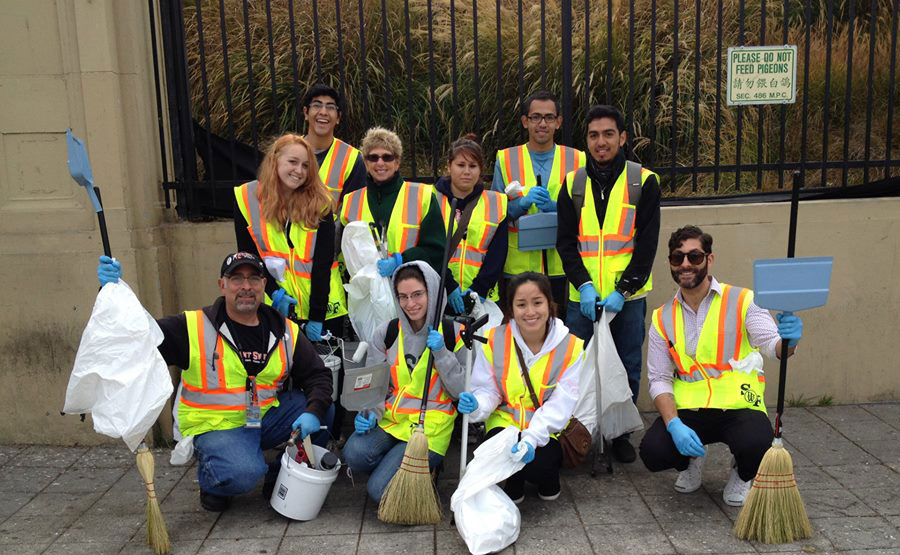
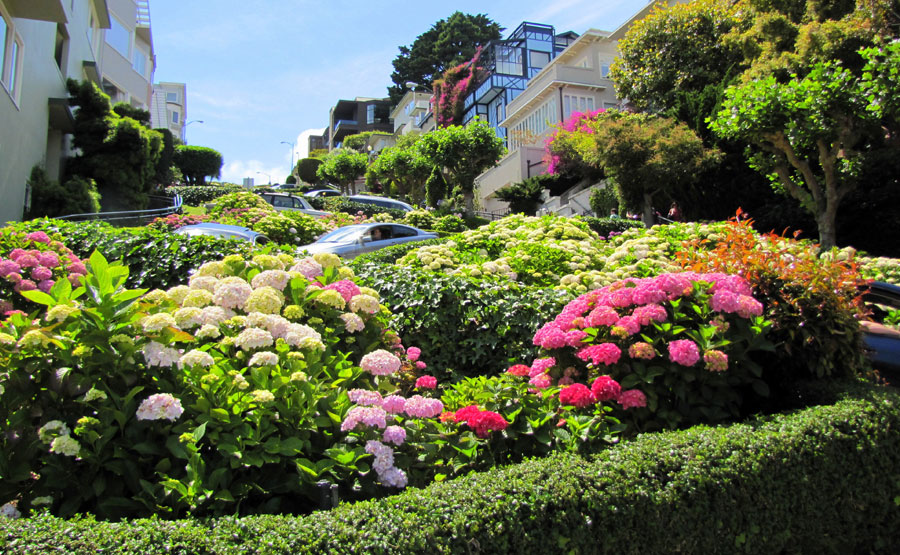
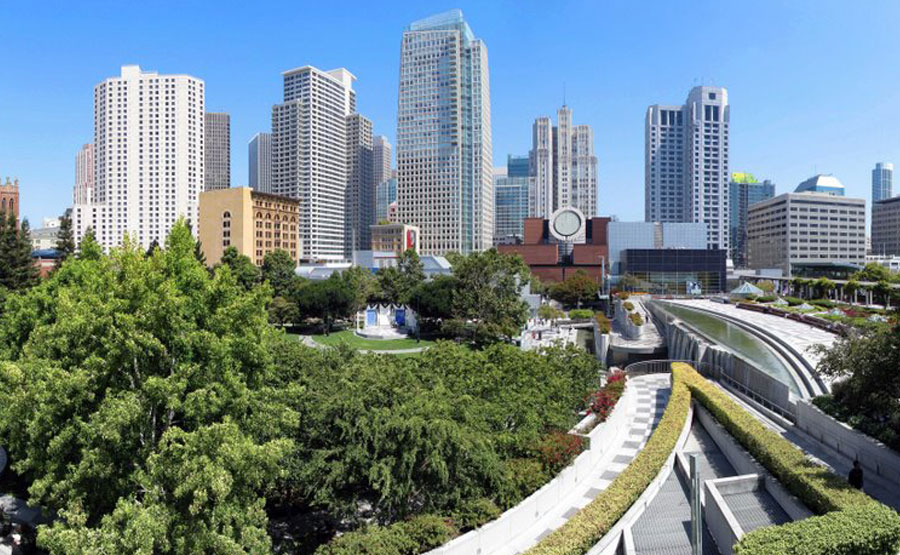
Our History
San Francisco’s cable car tracks were being taken up to make way for diesel buses. Telegraph Hill resident Friedel Klussmann, the quintessential citizen activist of her time, waged a well-known battle to rescue the beloved cable cars. In the course of her successful campaign to save the City’s icon, she produced a historical treasure of her own: San Francisco Beautiful.
Klussmann invites a number of friends and civic leaders to her Telegraph Hill home to discuss a “voluntary group sponsoring tree planting to beautify San Francisco.” Initially named the “Steering Committee for San Francisco Beautification,” the group decides to affiliate with the Chamber of Commerce and devote itself to assisting the city’s street tree planting program as well as promoting the cultivation of green space by businesses and residents.
1960San Francisco Beautiful takes part in the “freeway revolt” by helping form the Citizens Committee to Save Golden Gate Park to protest a proposed “Panhandle Parkway,” and similarly opposes efforts to connect the Embarcadero Freeway with the Golden Gate Bridge along the Marina, as well as repeated attempts to alter the Golden Gate Bridge by adding traffic control arches or a second deck.
1964The group formally receives certification from the IRS as a 501(c)(3) non-profit organization, and by 1972, San Francisco Beautiful is fully incorporated. As an independent non-profit, San Francisco Beautiful now took on issues of urban planning and regional transportation, historic preservation against “Manhattanization,” and natural conservation of parks and the San Francisco Bay.
1965San Francisco Beautiful is an early supporter of a comprehensive sign control ordinance, which is finally adopted by the Board of Supervisors.
Learn More1965San Francisco Beautiful successfully circulates a petition to halt the proposed replacement of the ornate light standards in the triangle bordered by Market, Sutter, and Mason Streets.
Learn More1965The group endorses Proposition A, a $24.5 million bond program for the reconstruction and improvement of Market Street that would ultimately fund a host of beautification and improvement efforts.
Learn More1968San Francisco Beautiful fights periodic attempts to initiate new commercial development in Golden Gate Park and takes part in the 1970 commemoration of the park’s centennial. Shortly thereafter, it backs efforts to restore the Murphy and Dutch windmills through the Golden Gate Park Centennial Windmill Restoration Committee (the Dutch windmill would finally be restored in 1981).
1970The organization establishes a Friedel Klussmann Grants program to provide matching funds from the Friedel Klussmann trust for ideas submitted by local non-profits and neighborhood groups, and revives its practice of recognizing the efforts of outstanding individuals and groups with its annual Beautification Awards.
Learn More1987